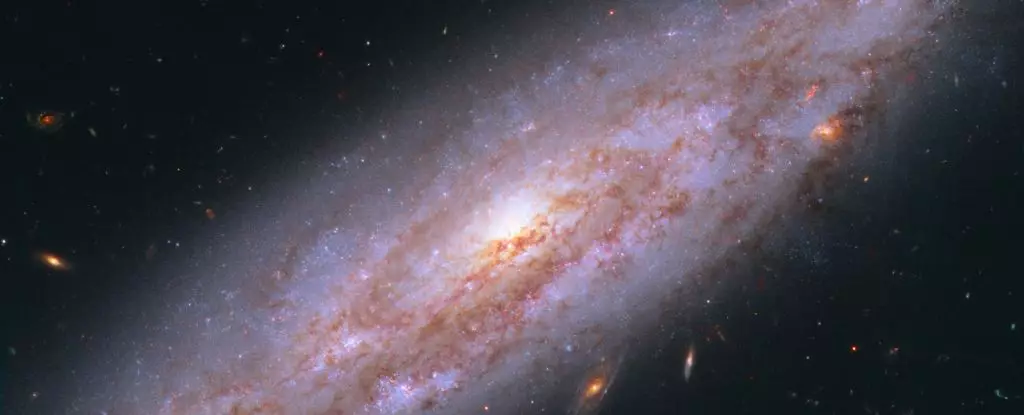The expansion speed of the Universe has been a persistent issue that has puzzled scientists for years. However, recent measurements taken using the James Webb Space Telescope have shed new light on this complex problem. The data suggests that the local Universe is moving away from us at a rate of about 70 kilometers per second per megaparsec, a finding that could potentially resolve the longstanding Hubble tension.
In order to calculate the Hubble constant, astronomers rely on two types of observables: standard rulers and standard candles. Standard rulers, such as the cosmic microwave background and baryon acoustic oscillations, provide distance measurements based on known physical phenomena. On the other hand, standard candles, like Cepheid variable stars and Type Ia supernovae, offer distance measurements based on intrinsic brightness. While both methods have their own error margins, they have traditionally provided slightly different results when it comes to the Hubble constant.
Astronomer Wendy Freedman and her team have been working on alternative ways to measure the Hubble constant, specifically focusing on stars at the tip of the red giant branch (TRGB stars). By using observations from instruments like the Hubble and Gaia telescopes, Freedman and her colleagues have obtained measurements that suggest a Hubble constant of around 69 to 70 kilometers per second per megaparsec.
The James Webb Space Telescope has provided a significant boost to Freedman’s research, allowing her team to measure TRGB stars, Cepheid variable stars, and a type of carbon-rich giant star. By independently measuring the distances to these three types of stars, the researchers were able to obtain a more accurate value for the Hubble constant. The TRGB stars yielded a value of 69.85 kilometers per second per megaparsec, while the carbon stars gave a value of 67.96. Although the Cepheid variables provided a slightly higher value of 72.05, the overlap in error bars suggests promising agreement among the different measurements.
While the latest measurements offer hope for resolving the discrepancy in the Hubble constant, the scientific community remains cautious. Previous measurements have yielded conflicting results, indicating that more research and verification are necessary before drawing definitive conclusions. The discrepancies between standard rulers and standard candles may hold the key to understanding the Universe’s expansion speed, but additional studies and observations will be needed to confirm these findings.
The quest to understand the expansion speed of the Universe is an ongoing journey that requires continuous exploration and innovation. The new measurements taken with the James Webb Space Telescope represent a significant step forward in addressing the Hubble tension, but further research is essential to validate these findings and uncover the underlying mechanisms driving the Universe’s expansion. Only through rigorous scientific inquiry and collaboration can we hope to unlock the mysteries of the cosmos and expand our understanding of the Universe’s evolution.


Leave a Reply